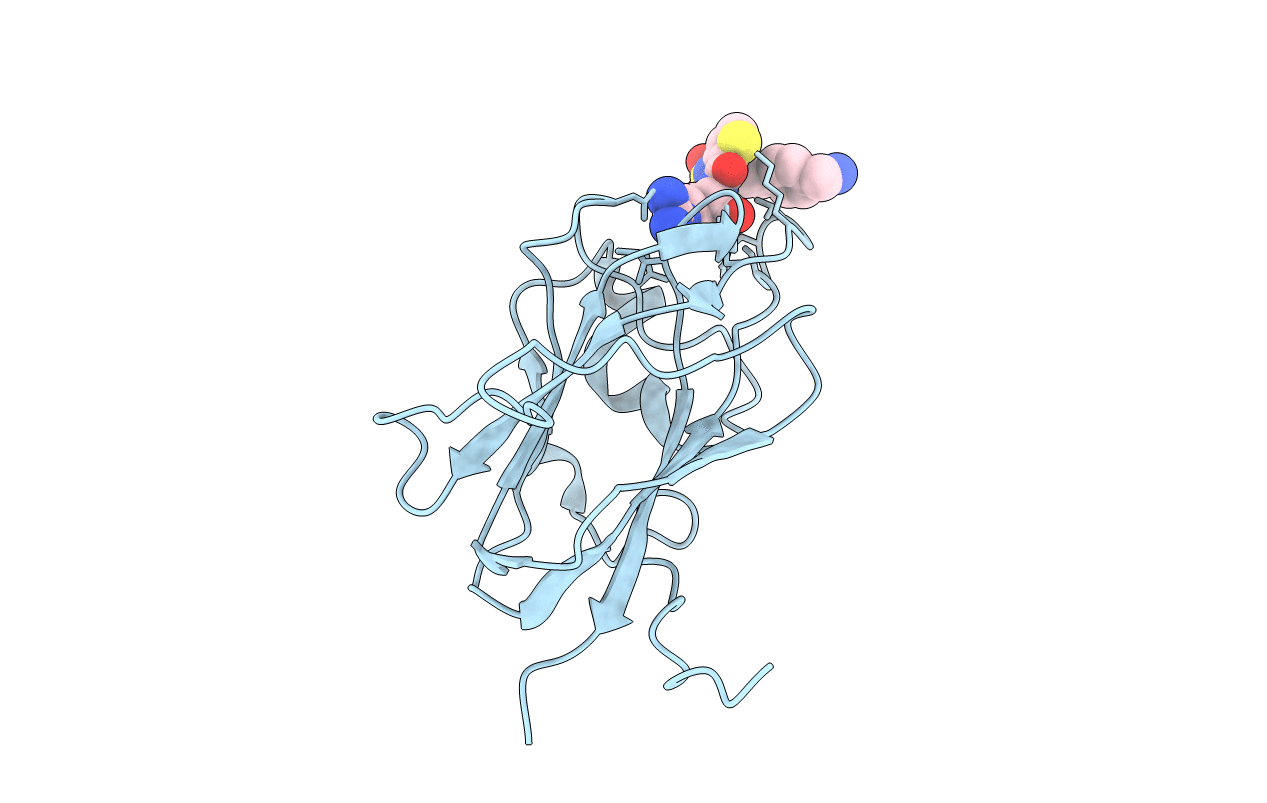
Deposition Date
2018-01-30
Release Date
2018-10-17
Last Version Date
2024-10-23
Entry Detail
PDB ID:
6FMC
Keywords:
Title:
Neuropilin1-b1 domain in complex with EG01377, 0.9 Angstrom structure
Biological Source:
Source Organism:
Homo sapiens (Taxon ID: 9606)
Host Organism:
Method Details:
Experimental Method:
Resolution:
0.90 Å
R-Value Free:
0.13
R-Value Work:
0.10
R-Value Observed:
0.11
Space Group:
P 41


